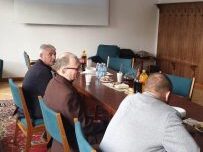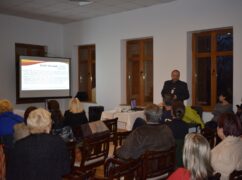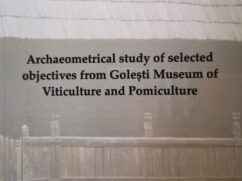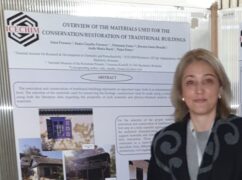Innovative methods and techniques for evaluating conservation-restoration interventions and monitoring the conservation of traditional constructions in Romania
Contract 5PS/05.09.2019
In Romania there is an extremely wide and valuable patrimony of traditional constructions and installations of popular technique. The conservation of the cultural heritage in the rural environment, in particular of the built one, represents a condition of preserving the national cultural identity, but also a major component necessary for the affirmation of the values from the Romanian cultural space.
Project funded under the Sectoral Plan of the Ministry of Research and Innovation
Project goal
The project aims to understand the phenomena of degradation for preventive conservation measures of monuments located in rural areas, reduce the risk of using inappropriate materials in case of conservation and restoration of monuments in rural areas, establish methods and techniques for evaluating and monitoring conservation/restoration interventions of traditional rural constructions in Romania, raise the awareness of the owners of historical monuments regarding the importance and necessity of their correct maintenance and the avoidance of the use of incompatible and irreversible materials.
Contracting authority: Ministry of Research and Innovation
Implementation period: 05/09/2019-10/12/2020
Budget for the partner ICECHIM: 360.000 lei
Project responsible: Dr. Chem. Radu Claudiu Fierăscu
Partners:
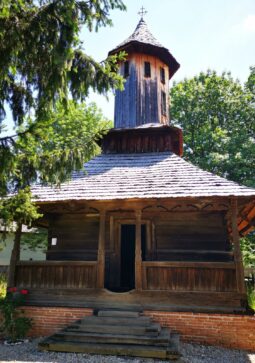
- Establishing the set of techniques for analysis, investigation and evaluation of the conformity of materials with the standards in the field, as well as the state of conservation of traditional constructions in Romania
- Study of the traditional built heritage – research on inventory, specifics and cases, relevant in establishing the state of conservation
- Dissemination of research results to categories of beneficiaries and development of measures to implement the results in current practice
Establish and correlate methods and infrastructure for multiannual monitoring and interpretation of experimental data
ICECHIM partner activities:
- Preliminary activities for establishing the physico-chemical and microbiological analyzes to be performed – part 1;
- Analysis of supporting materials in order to provide new information for establishing optimal methods of conservation / restoration – part 1;
- Analytical study of the materials currently used for the conservation / restoration of the studied support materials – part 1;
- Contributions to the guide of good practices in the restoration and protection of monuments with interior and exterior mural painting – part 1;
- Scientific report with contributions to the pilot network, with analytical and microbiology studies (1 case study) – part 1;
- Contributions to the national and regional debate with the participation of public authorities, NGOs, RDI organizations, workshops in the field, direct meetings with potential beneficiaries and scientific communications – part 1;
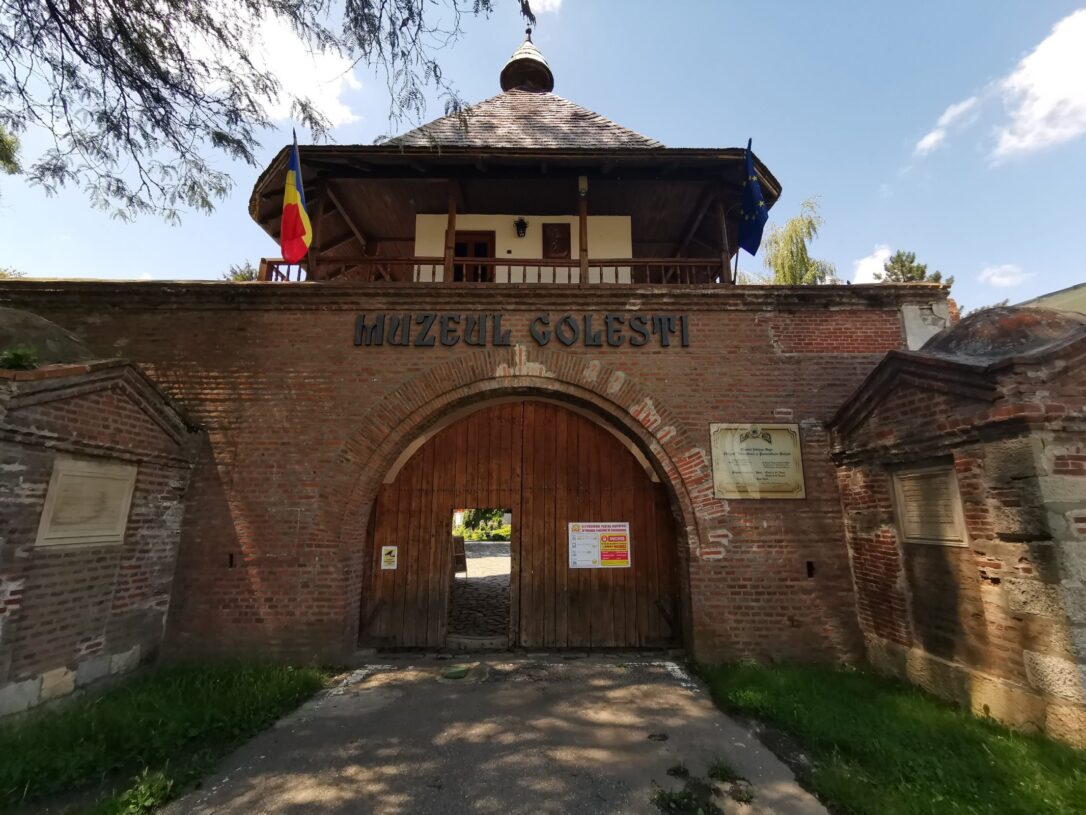
Development of the monitoring scheme, highlighting the degradation dynamics and interpretation of the risk factor maps. Report on the situation of cultural heritage in rural areas
ICECHIM partner activities:
- Preliminary activities for establishing the physico-chemical and microbiological analyzes to be performed – part 2;
- Analysis of supporting materials in order to provide new information to establish optimal methods of conservation / restoration – part 2;
- Analytical study of the materials currently used for the conservation / restoration of the studied support materials – part 2;
- Contributions to the guide of good practices in the restoration and protection of monuments with interior and exterior mural painting – part 2;
- Scientific report with contributions to the realization of the pilot network, with the realization of analytical and microbiology studies (1 case study) – part 2;
- Contributions to the national and regional debate with the participation of public authorities, NGOs, RDI organizations, workshops in the field, direct meetings with potential beneficiaries and scientific communications – part 2;
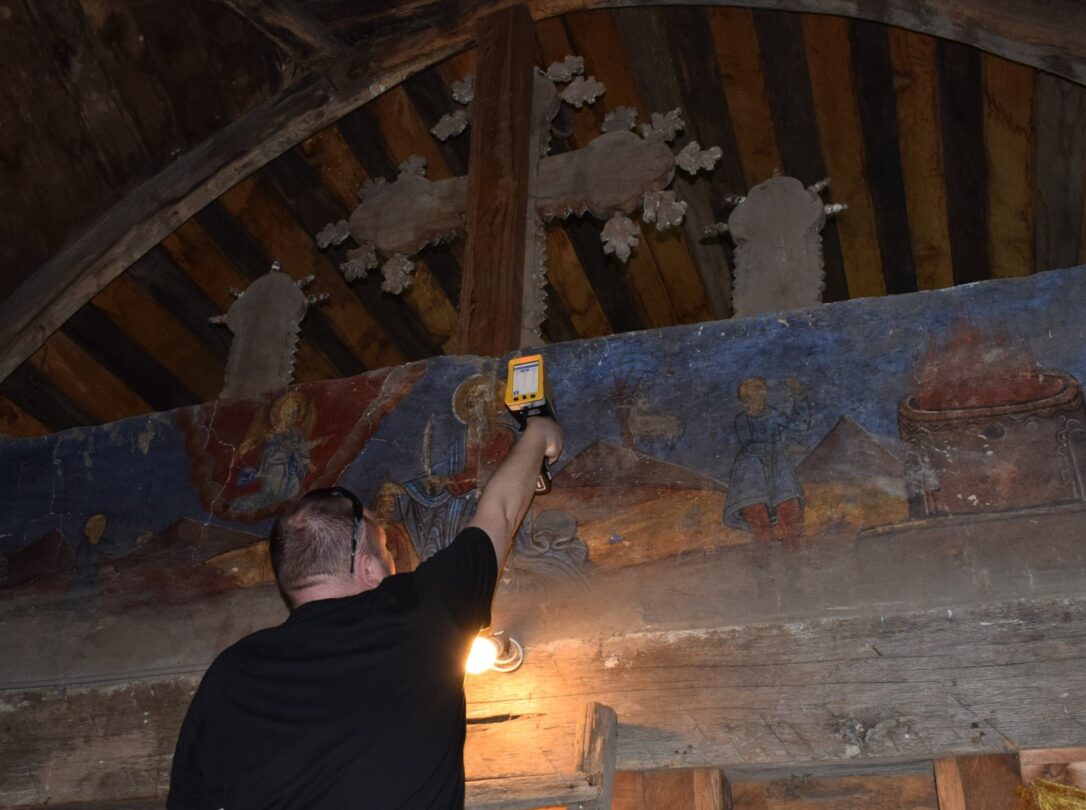
The activities carried out by the ICECHIM partner led to the fulfillment of the assumed indicators.
Also, within the project was organized the workshop Romanian Traditional Buildings – Conservation of a National Legacy.
The results were disseminated by:
- publishing articles in scientific journals: 1. Fierascu R.C., Doni M., Fierascu I., Selected aspects regarding the restoration/ conservation of traditional wood and masonry building materials: A short overview of the last decade findings, 2020, Applied Sciences (Switzerland), 10(3),1164;
- publishing a volume at an international publishing house– Fierascu R.C., Fierascu I., Doni M. (Eds), Archaeometrical study of selected objectives from Golești Museum of Viticulture and Pomiculture, Ruse Press, ISBN: 978-619-91466-1-3;
- participation in scientific events (15th International Symposium “Priorities of Chemistry for a Sustainable Development” PRIOCHEM, International Conference on Metrology for Archaeology and Cultural Heritage, Florence, Italy, International Symposium – Current Trends in Natural Sciences, 10th International Conference “Advanced Topics in Optoelectronics, Microelectronics and Nanotechnologies”, etc.)




